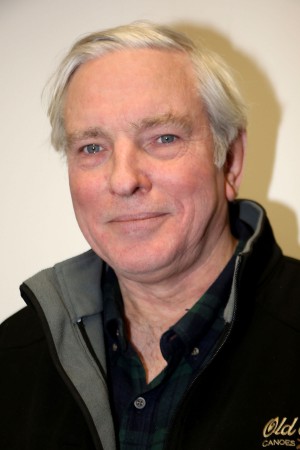The bend sequence planner (a.k.a. Planning) implements an A* search strategy to find the best sequence of bending operations and repositionings of the part in the robot gripper to make a bent sheet metal part. Input consists of a 3D model of the part to be manufactured and several databases describing the manufacturing facilities available. The program outputs instructions for setting up and controlling several robots, sensing devices, and a bending machine to automatically make the part. Key components of Planning include:
A* Search: The A* search strategy looks for a least cost solution in the space of all possible bend sequences. The cost of doing a particular bend or repo in the sequence is determined by consulting several expert programs. A Tooling expert evaluates a potential bend sequence by how many tooling stages it requires. A Grasping expert determines how to hold the part in the robot gripper for each bend and seeks to minimize the number of repositionings required. A Moving expert determines the motion plan required to transport the part through the various stages of manufacture and seeks to minimize the amount of movement required.
Final Plan Generation: When the A* search has determined the best sequence of bends and repositionings to make the part, Planning combines information from Grasping, Tooling, and Moving to produce the final plan for making the part, including a robot motion plan, a backgage plan (to accurately position the part for bending), instructions for setting up the required punches and dies, and information for use by a graphical human interface to display a simulation of the plan.
current staff
past staff
- Duane Williams
